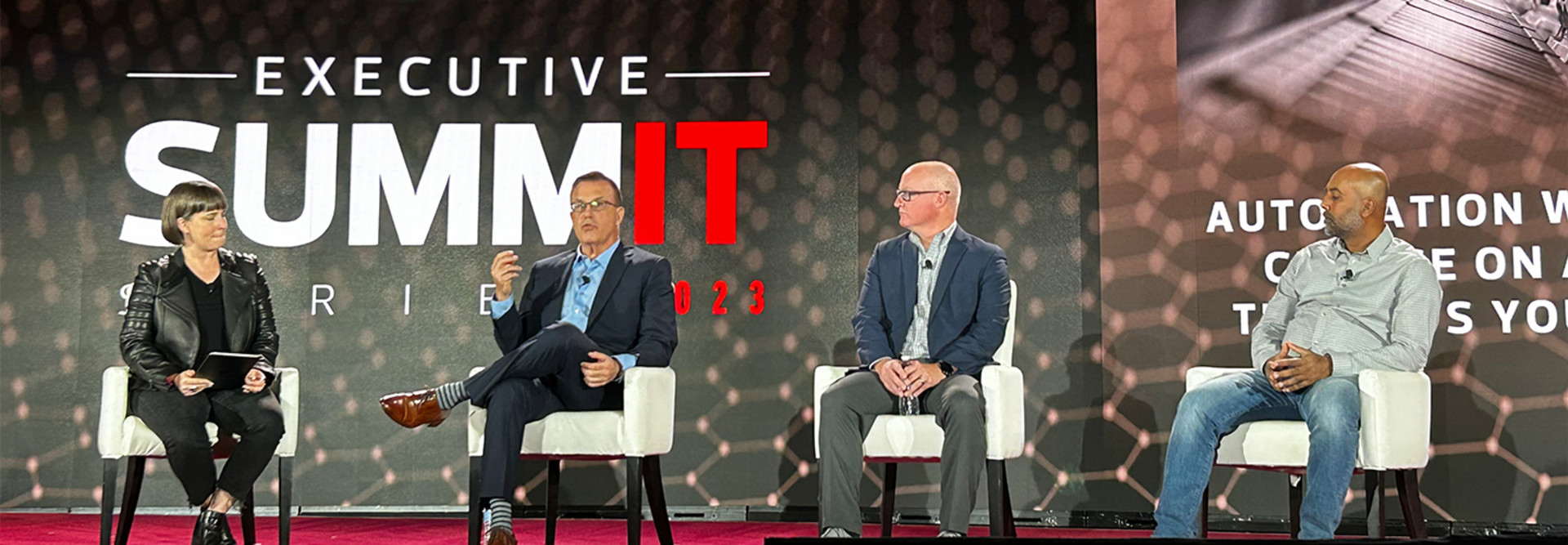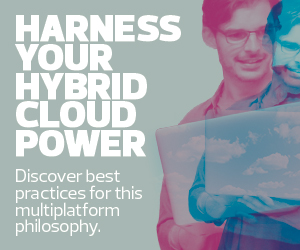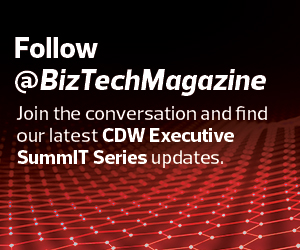Whether your organization is working to bring public and private cloud platforms together, incorporate edge technology or migrate data from one platform to another, optimizing hybrid infrastructure can be a challenge. And according to experts at the CDW Executive SummIT in Dallas, companies sometimes rapidly adopt hybrid cloud environments before having a clear strategy in place. “It’s the shiny object problem,” said Sara Watson, an independent analyst and tech critic.
To fully reap the benefits of a hybrid cloud environment, IT leaders must consider how new solutions will work with a company’s existing ecosystem of tech tools. “From ensuring seamless data migration to maintaining data security and managing costs, these challenges require careful planning and strategic execution,” writes Steve Jones, principal field solution architect at CDW, in a recent blog post.
Taking the time to address these challenges will help organizations align tech investments to their specific business goals. Here are some best practices to achieve efficient, agile and scalable hybrid cloud infrastructure.
Click the banner to learn how your institution can benefit from a hybrid cloud environment.
Maintain a Growth Mindset
As IT leaders integrate public and private cloud platforms, they should be intentional in their efforts. Chris Gibes, manager of hybrid infrastructure for CDW, recently told BizTech that organizations must modify their IT management practices to create a more flexible environment and change their business management practices as well.
Embracing a holistic mindset means reducing silos and connecting disparate parts of your organization. These efforts reduce overall risk as new technology is folded in, explained Bob Vish, global solutions architect leader at Palo Alto Networks.
FIND OUT: Read up on why experts recommend a holistic hybrid cloud mindset.
Ramesh Radhakrishnan, technical director for the office of the CTO at VMware, said that it’s also worth considering the use cases and business impact of a given solution. Can an existing tool accomplish this same task? Are there multiple use cases to support this new solution? Does this new tool fit within the overall goals of our organization?
Customize IT Solutions For Best Results
Whenever new tech is integrated into an existing IT foundation, there’s a chance of misalignment, new security vulnerabilities and a learning curve as employees train. That’s why customizing new IT solutions is a crucial step toward success.
“You want to make sure that it’s the right solution for what you have,” Radhakrishnan said. He explained that though a new solution is trendy, it might not be right for your organization. And if you do decide to deploy, you should have a good reason.
As a next step, “make sure that you have the right ecosystem of partners to actually deliver the right solutions to customers,” he said.
Prioritize Agility in the Long-Run
Building a vision for the future starts with flexible infrastructure. Ultimately, a well-executed integration of new tech empowers organizations to leverage the full potential of hybrid cloud infrastructure. And since “the rate of change and innovation that we’re seeing in technology is unparalleled,” said Kevin Kaiser, director of the cloud platforms and artificial intelligence practice at CDW, staying agile is key.
Find BizTech’s full coverage of the event here, follow our live news coverage of the CDW Executive SummIT on X (formerly Twitter) at @BizTechMagazine and join the conversation using hashtag #JoinCDW.














